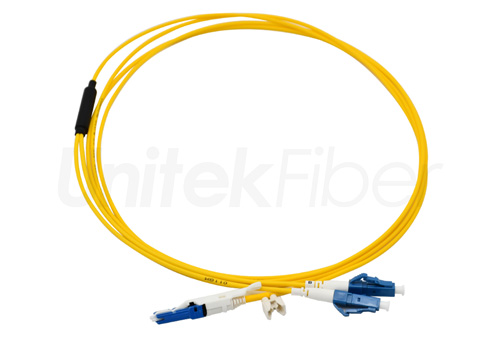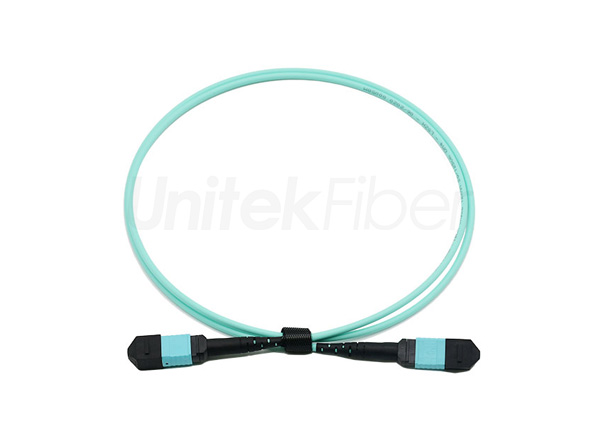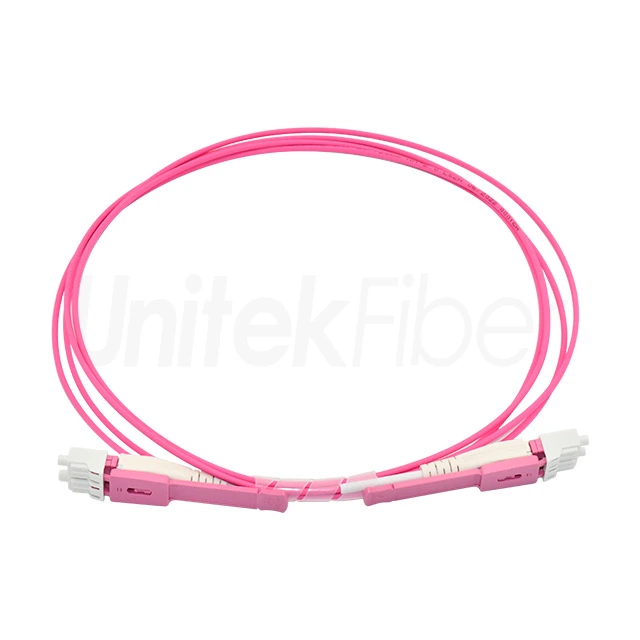
With the ever-increasing demand for higher network bandwidth, data centers have embraced the widespread adoption of 100Gb backbones and are now rapidly transitioning to even faster speeds like 200Gb, 400Gb and more higher speeds in hyper-scale data centers. In response to this evolving landscape, SENKO Advanced Components has developed new specifications for CS fiber optic patch cord that can accommodate a greater number of duplex optical fiber links. These next-generation, high-density fiber optic patch lead are designed to support data rates of up to 400Gb/s. In this article, we will explore their features, benefits, and applications in modern networking environments.
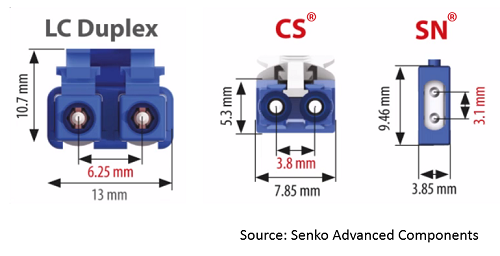
The CS fiber jumper, also known as Very Small Form Factor (VSFF), is a compact and cost-effective solution that maximizes space utilization in high-density environments. The key feature of CS fiber patch cord is the ability to support a higher number of duplex optical links, making it ideal for data centers seeking to upgrade to faster transmission speeds. With its 1.25mm ceramic ferrule and LC-like end-face geometry, the CS optical jumper ensures compatibility with various equipment and devices. The CS to CS fiber cable offers increased density, improved airflow, and user-friendly installation, making it an excellent choice for space-saving and high-speed applications.
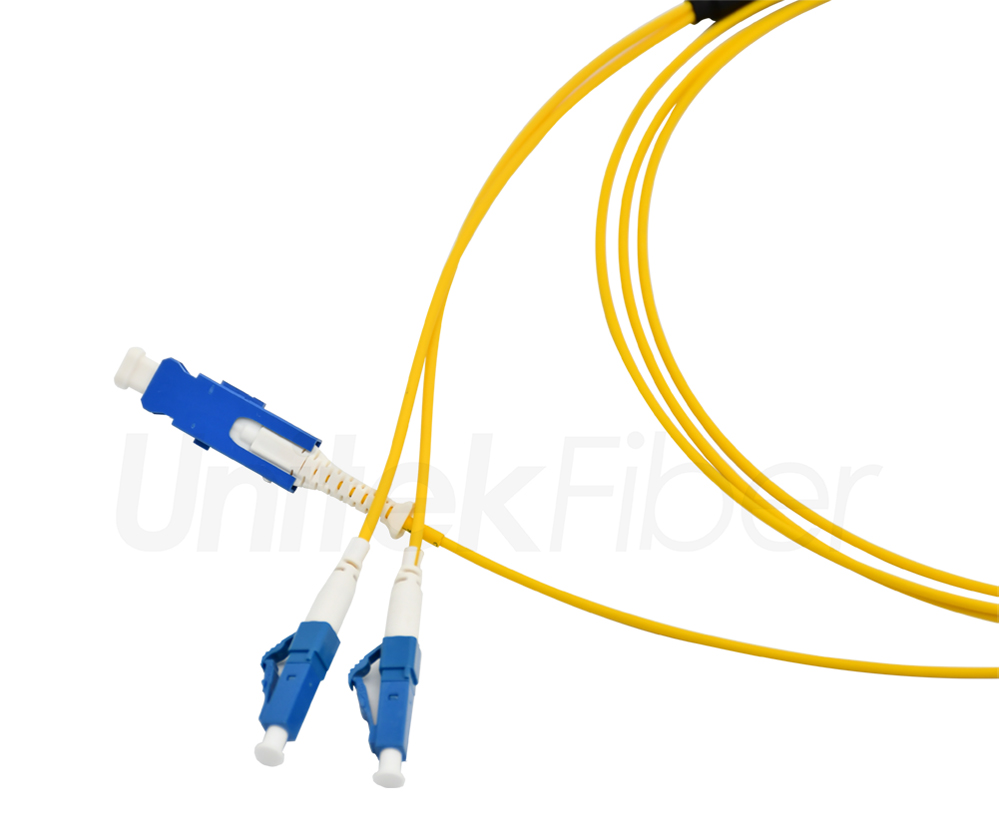
Having the Very Small Form Factor (VSFF) design, the CS fiber patch cord is playing a important role in the high-density data area.
Via the Very Small Form Factor (VSFF) design, the CS fiber patch cord is playing a important role in the high-density data area.
1. Save the Space. CS connectors provide significant space savings of to 40%. Facilitates the dense fiber connections, effectively maximizing space utilization in racks and distribution panels, allowing data centers to utilize valuable rack space more efficiently.
2. Save operation Time. The CS fiber optic patch cords is easy to install and remove with push-pull mechanism. It could install with hand without specialized tools. simplifying the deployment process and reducing installation time. This not only saves time but also reduces the risk of errors during installation, ensuring optimal network performance.
3. High Performance: CS connector is a small form factor connector that has become the industry standard for single-mode and multi-mode applications. CS connector offers better performance in terms of insertion loss, which refers to the amount of light loss that occurs when the signal passes through the connector.
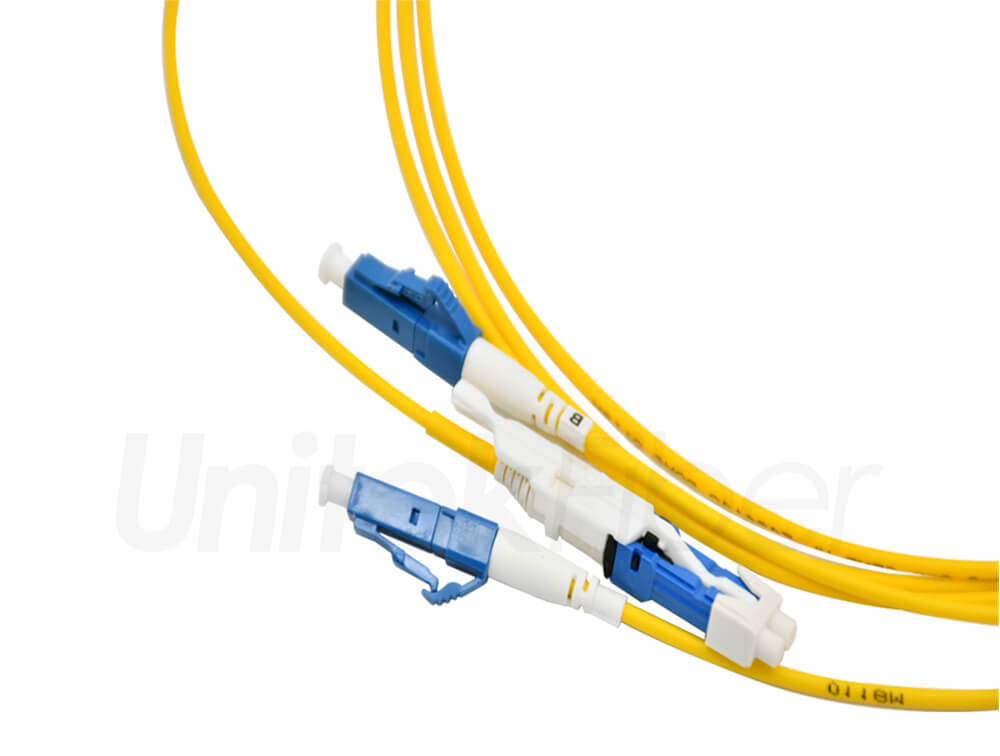
CS fiber optic patch lead have emerged as next-generation solutions for high-density, high-speed networking applications. With their ability to support a greater number of duplex optical links and compatibility with faster data rates, these fiber optic cable cater to the evolving needs of data centers and other networking environments. By understanding the features, benefits, and applications of CS fiber optic jumper, network professionals can make informed decisions when selecting the right solution for their fiber optic patch cable requirements.
UnitekFiber is a trusted and reputable fiber optic cable supplier specializing in providing a wide range of fiber optic product for various networking and data communication applications. Whatever you require fiber optic cable, fiber optic patch cord and fiber optic patch panel for data center, UnitekFiber has got you covered. For any inquiries or further information, please don't hesitate to reach out to us at sales@unitekfiber.com.

